A Venn Diagram for Literature-Based Curriculum on the Reading List
When you use a literature-based curriculum, the boundaries between English course descriptions, history course descriptions, and reading lists get blurry! Some titles work for more than one subject, and it can be frustrating to figure out how to list them.
Sorting Your Literature-Based Curriculum
These guidelines will help clarify how to categorize your student's literature and texts. Some titles will go into one category only, but many can be put into more than one. Thankfully, they don't all need to be completely separated between subjects!
- Books that are ONLY in the English course description: textbooks, workbooks, curriculum. These might include: Sonlight Core 100, Spelling Power, Wordly Wise, Institute for Excellence in Writing High School Essay Intensive.
- Books that are ONLY in the history course description: textbooks, workbooks, and curriculum. These might include: Sonlight Core 100, Mapping the World By Heart, History of US by Joy Hakim.
- Books that go in BOTH English AND the reading list: literature read for school. For example: The Red Badge of Courage, Call of the Wild.
- Books that go in BOTH the history course description and the reading list: biographies and historical fiction read for school. For example: Autobiography of Benjamin Franklin or Farewell to Manzanar.
- If books fit in BOTH the history course description and the English course description, I would usually put the autobiographies in history and the historical novels in English, even though they help the child learn about both subjects.
The reading list can include everything that is considered literature. For that reason, you can include literature reading for school, historical reading for school, historical novels, biographies, and any reading for fun. I usually leave anything that seems like curriculum off the list . Anthologies are collections of literature excerpts and can be a little harder to place. When a reading list is already quite long, I suggest leaving the anthology as curriculum, either in the English course description or the history course description (or both!) but not on the reading list. It is fine to use literature excerpts in your coursework and on your reading list. You can list the title and note "excerpt" or "selected" next to it. Read this blog post for more information: Homeschool High School - Reading Books or Reading Excerpts.
Because homeschoolers who use a literature-based curriculum have so many books in the reading list (and always will, no doubt), I'd be tempted to remove the more schoolish books (such as Foxe's Book of Martyrs, Beowulf, and Famous Men of Greece) and put those kinds of books ONLY in the course description, rather than on the reading list. But you know, that's really just a "me" thing. Do what makes sense for you.
Resources for Learning More
If you're just getting started with literature-based curriculum, Sonlight is a wonderful entry point. Their book lists have strong literary merit, and the packages and instructor's guides make getting started easy. As we were transitioning from public school, I felt like Sonlight held my hand through the change to homeschooling. The kids loved it ~ we used it for years!
Curious to see what a reading list actually looks like in high school records? Click here to download free record keeping samples, including the reading list: Homeschool Transcript Template and Record Keeping Samples
This article goes in depth with more resources and tips for teaching high school English: A Parent's Primer for Teaching High School English
If you're looking for inspiration for your student's reading list, check out these suggestions:
My Coffee Break Book Easy English for Simple Homeschooling: How to Teach, Assess, and Document High School English will give you support as you homeschool English with your students.
The bottom line? The reading list is not just for high school subjects; it's what your child read that year. It will include some literature they read for school subjects, especially when you use a literature-based curriculum. Course descriptions are not about reading for fun, but they might include books that are assigned for school yet are fun to read too!
When you subscribe to the blog, we will send you an e-mail when there are new updates on the site so you wouldn't miss them.

 Login
Login
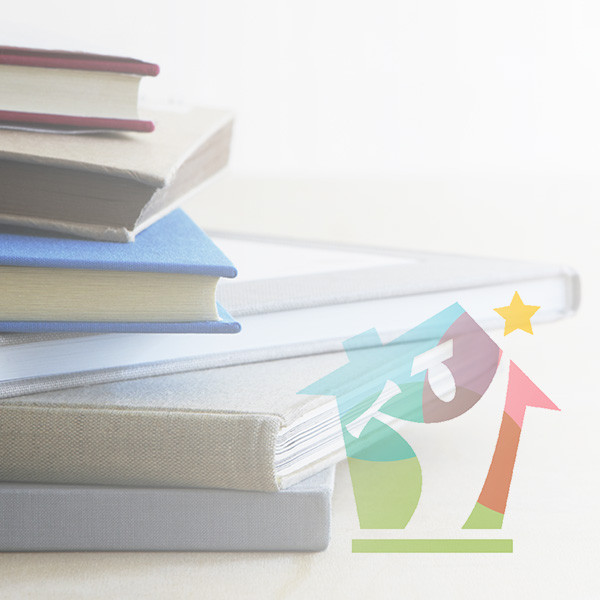
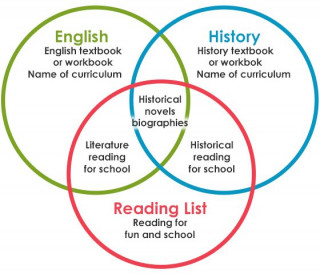
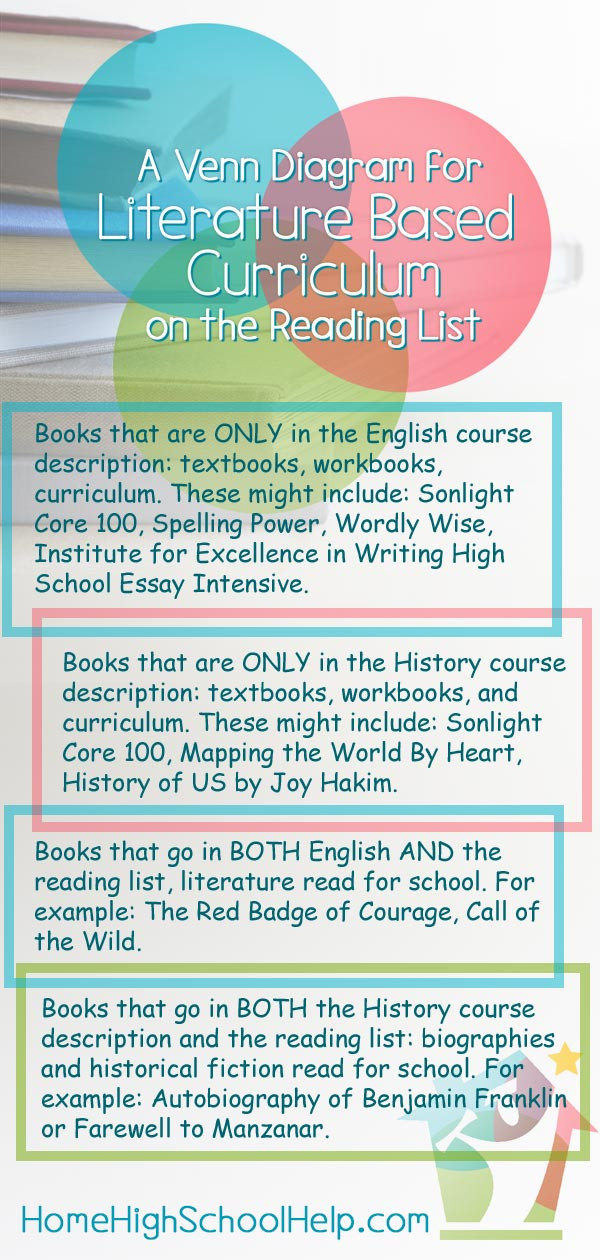
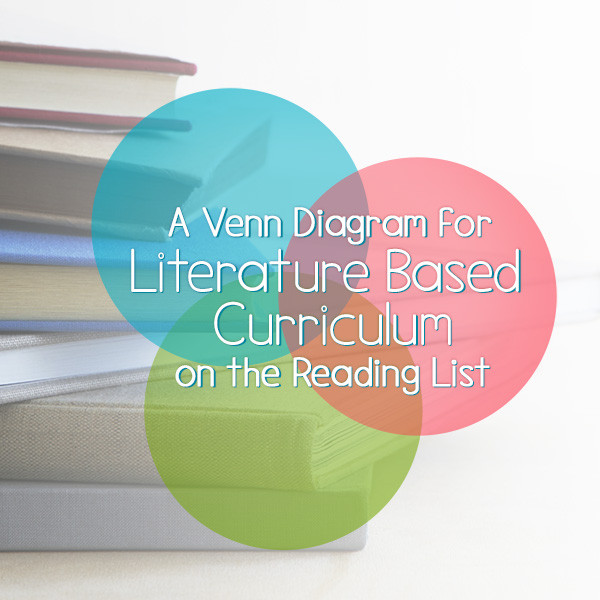



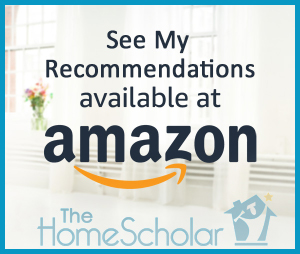
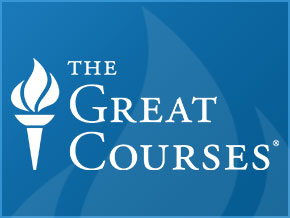
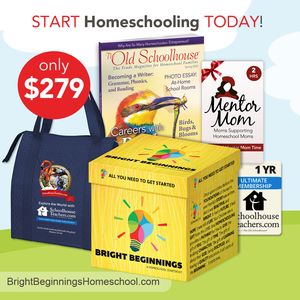
.jpg)

Comments